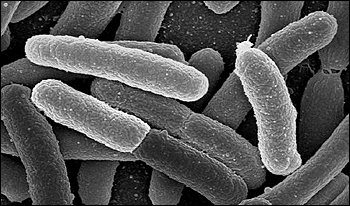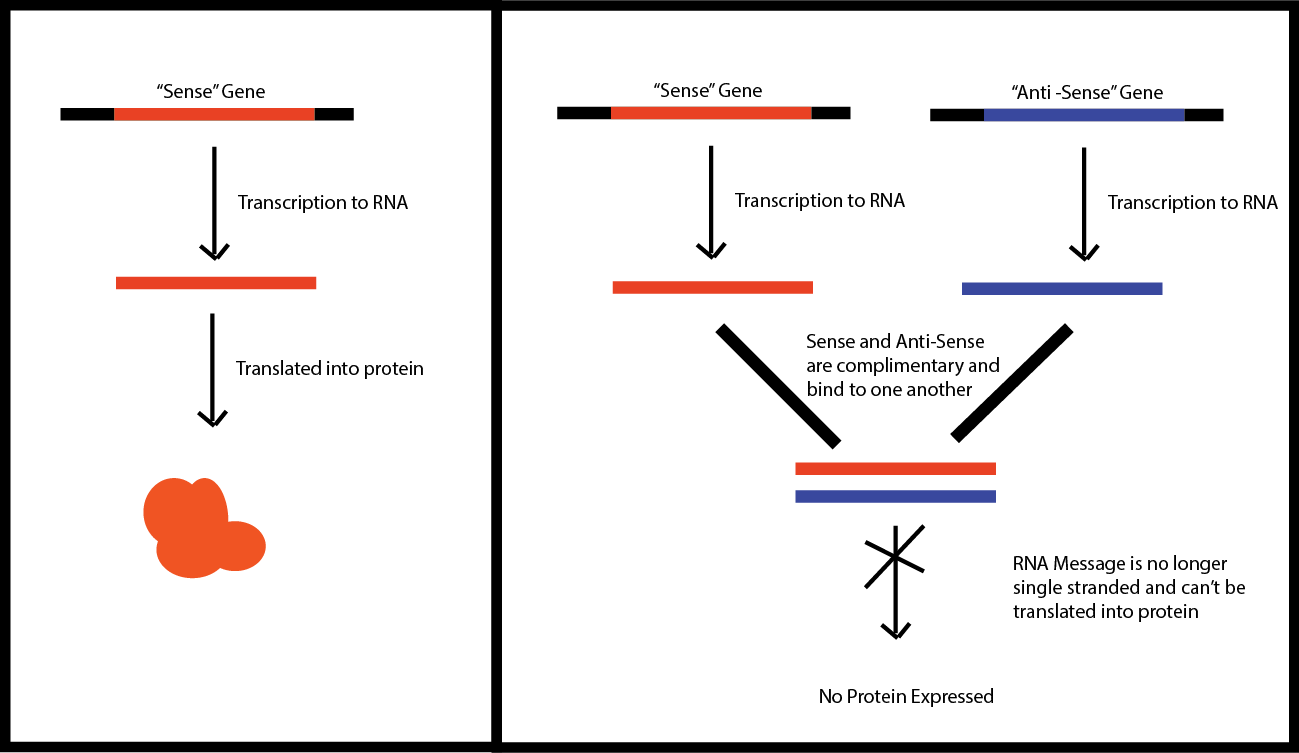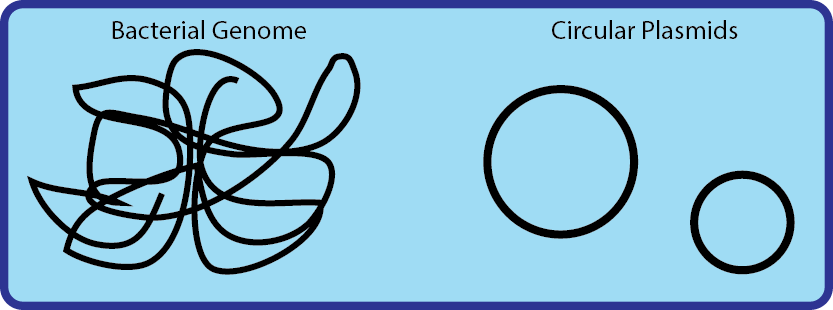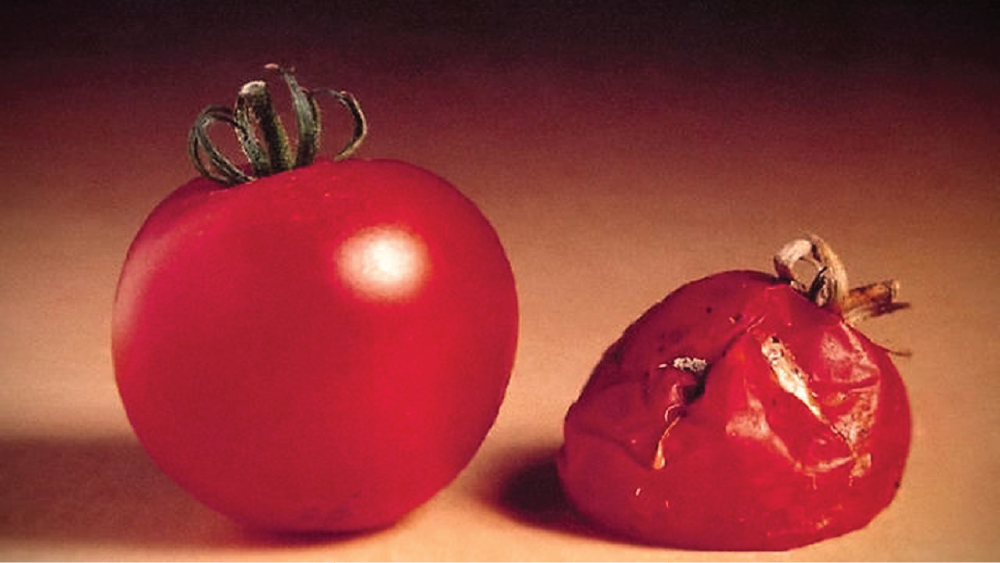Preface
Genetically Modified Organisms (GMOs) are a particularly controversial topic. They bring out heated discussions at dinner tables, lab meetings and congressional hearings alike. These discussions and can (along with discussions of religion or politics) leave people with bruised egos and sometimes even strained relationships. This post is written for both those who support and oppose GMOs, as it is intended to be a purely fact based discussion of the science behind how GMOs are created. Understanding the principles behind these constructs leads to a more informed stance for or against the creation and use of these organisms (Plants, Bacterium etc.) I will not at any point in this article take a stance on the creation or use of these organisms, nor will I attempt in any capacity to sway your personal opinion on them. I only seek to increase your understanding of what they are, and how they are made. So, let us begin.
What is a GMO?
A GMO can be classified as any organism which genetic manipulation was performed on, resulting in the expression of a protein to cause a desired phenotypic change (phenotype is a physical property of an organism, size, color, sugar content, heat tolerance, smell, taste, metabolic rate, internal protein composition…etc). The very first example (1982) of a GMO approved for use in generation of a drug for humans was Escherichia Coli (E. coli, Figure 1).
Figure 1: An Electron Microscopy Image of E. coli

Source
Researchers used a technique called recombinant gene expression to create the human protein insulin (which you are likely familiar with as important in blood sugar regulation) artificially using the E. coli’s protein production machinery discussed in Science Lesson: DNA Part 3. Prior to the generation of the GMO E. coli, diabetics were provided with insulin from a pig as it is similar to human insulin. However now people who take insulin for their diabetes all use GMO produced insulin. It is sold under the brand name Humulin.
However, GMO bacteria are likely not why you are reading this article. You’re here for a discussion on GMO plants. GMO’s that may end up on your dinner plate. The very first genetically modified food approved for sale was the (ridiculously named) Flavr Savr tomato in 1994.
The Flavr Savr Tomato
The Flavr Savr tomato was one where an anti-sense gene was introduced which inhibited the production of the protein polygalacturonase (this is a protein which is responsible for breaking down a sugar called pectin in the cell wall of the tomato and aids in its ripening). How does this work? If you recall from Science Lesson: DNA Part 3 when discussing how proteins were made we talked about how the first step was the production of a single stranded RNA out of the DNA. The single RNA strand that is transcribed from a gene is the “sense” message for that gene and will allow for the ribosome to assemble the protein it encodes for. An anti-sense gene will also create an RNA molecule, however this one is the compliment to the “sense” message. The purpose of this RNA is not to code for a functional protein but rather to bind to the sense RNA resulting in the formation of a double stranded RNA molecule (Figure 2). As expression of a protein requires that the RNA be single stranded, this binding limits the amount of RNA available to create the protein. Effectively reducing the amount of that protein available (this sort of technique is referred to as RNA interference or RNAi for short).
Figure 2: Silencing Protein Expression with Anti-Sense Genes

Source: Self
What this means for the tomato is it will produce less polygalacturonase, and if less is produced then less is available to break down that pectin in the tomato’s cell wall and thus the fruit ripens more slowly.
Now let’s be science students and ask some pertinent questions! Where does this anti-sense gene come from? How does it get into the genome of the tomato? To answer the first question we should discuss what molecular biologists think it means to be a gene. As for how genes are manipulated that is answerable by discussing recombinant DNA technologies.
Getting Philosophical About Genes
The goal in the creation of the Flavr Savr tomato was to shut down the production of polyglactruonase, the easiest route to achieve that is to limit the amount of RNA generated from its gene. To a molecular biologist, a gene is just a set of instructions to code for a protein. It doesn’t have any inherent ties to the organism from which it was derived, it was just found there, performing a purpose for the cell. Bacteria pick up and lose genes from many sources over the course of their short lives. Let’s look at E. coli as an example. The core genome of E. coli is only 2200 genes, these are found in all known E. coli. However the pangenome (the list of all known genes in all known E. coli) contains over 13,000 genes. What this means is that while it takes 2200 genes to make all of the proteins necessary to be an E. coli cell, most cells have many other genes, and many of those genes are unique to certain E. coli and in all likelihood did not come from E. coli at all. To these cells, it would appear, that genes are also just a set of instructions that you pick up if you need it (in the cells case, to survive).
Back to the original question, where does the anti-sense gene for polyglactruonase come from? The answer is nowhere. It is not found in nature, it is an artificial construct assembled to cause a change in phenotype. Molecular biologists, like the E. coli just addressed a wanted change in phenotype by adding a gene. Is this okay to do or not okay? This is not a question which will be addressed, I will leave that debate to you and others.
Recombinant DNA Technology (producing a gene in an organism of interest)
One of the ways genes are artificially expressed in an organism of interest is through the use of plasmids in short these are small circular double stranded DNA constructs (Figure 3).
Figure 3: Bacterial Genomic DNA Vs. Plasmid DNA

Source: Self
They are readily taken into cells and are easy to assemble in the lab via use of various DNA replication enzymes in test tubes (I could make a whole blog post discussing molecular biology, PCR, gene assembly, etc. if you are interested). Into a plasmid the researchers gene of interest is placed, along with a promoter genes and promoters are discussed in Part 3 of my DNA series. The promoter needs to be the correct sequence for identification by the RNA polymerase of the cell type you wish to express the gene in. In the case of the Flavr Savr, a promoter specific for tomato RNA polymerase was used. The anti-sense gene was placed downstream (after the promoter) such that the RNA polymerase would generate a single stranded piece of RNA from the anti-sense gene. The plasmid is transformed into a bacterium (Agrobacterium) which then is allowed to infect the plant. The bacterium delivers the plasmid to the plant and the gene of interest is expressed. Agrobacterium does not infect all plants thus other methods have been developed to deliver genetic material including a “gene gun” which as you would expect, shoots the genetic material into the plants cells.
There are a few other ways which genes can be incorporated into an organism, not all require expression from a plasmid (but usually still involve the use of one for easy delivery). Molecular biologists can also hijack the homologous recombination pathway Science Lesson: DNA Part 5 and add homologous regions to a section of the genome found in the organism of interest to either side of a gene they would like to incorporate. A very small percentage of the time a cell will recombine those homologous regions into where they match in its genome via the error correction pathway that we previously discussed. When this happens the gene is carried along and becomes a part of the genome of the organism. What is unique about this is that the incorporation is more permanent, and will remain in the organism’s genetic code, rather than just sitting on a plasmid that may or may not be discarded by the cell.
Concluding Remarks
We have discussed a brief history of GMO’s and talked about some of the science behind their construction. I have utilized an older example the Flavr Savr tomato (a commercial flop) as a tool for discussing this technology. The logic behind this particular choice was its low level of controversially when compared to some other GMO food examples. The intention of this post was to discuss the science of the construction of genetically modified organisms, and provide you with a better understanding of what is done in the lab to produce them. Recombinant DNA techniques have been used to generate a multitude of different GMOs each with their own unique set of merits and/or concerns, a general understanding of the science is imperative to fully grasping what each unique set of modifications is being used for. I sincerely hope that my post and any subsequent discussion will allow you to engage in more informed discourse (whether that be in favor or against) about genetically modified organisms (and foods).
If you like my work, please consider giving me a follow: steemit.com/@justtryme90. I am a PhD holding biochemist with a love for science. My future science blog posts will cover a range of topics in the biology/chemistry fields.
Thank you for your support of my work!

